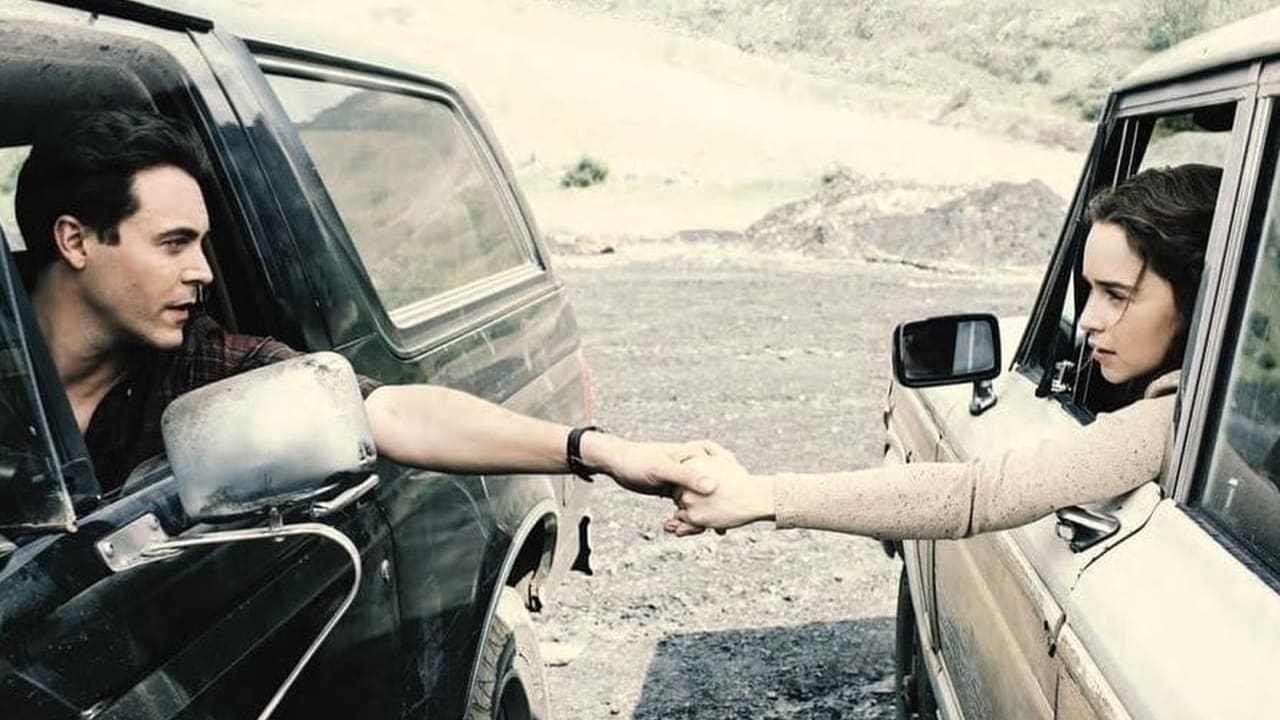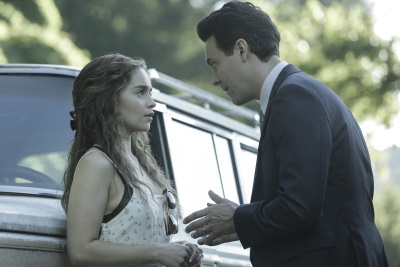

Finally, the degree to which Hitchcock's works adhere to legal reality, the primary focus of Reel Justice's concern, becomes worthy of attention to the extent the realistic or unrealistic elements mark critical aspects of the films. The history of Hitchcock's movies also shows that interpretive issues cannot be overlooked if movies are truly to be treated as legal texts as suggested by Legal Reelism. On appeal, the Supreme Court affirmed Ds conviction of murder. Conner was convicted following a bench trial.
#ABOVE SUSPICION 1995 COURTROOM SCENE TRIAL#
The trial court therefore denied Conner’s motion to suppress.


The treatment of Hitchcock's movies by film critics and scholars over the years reveals the fundamental similarity of the questions raised by interpretation of movies and the interpretation of more conventional legal materials such as statutes. suspicion to briefly detain the Defendant and deploy the dog in a non-invasive manner to sniff the car in a public space where the Defendant did not have a reasonable expectation of privacy. Themes and Colors Key LitCharts assigns a color and icon to each theme in Othello, which you can use to track the themes throughout the work. Read our modern English translation of this scene. Florida law further makes it a felony to fail to complete these duties.
#ABOVE SUSPICION 1995 COURTROOM SCENE DRIVER#
This review considers the approach taken in each book by looking closely at three films about criminal trials directed by Alfred Hitchcock: The Paradine Case, I Confess, and The Wrong Man. Othello: Act 1, scene 3 Summary & Analysis New Understand every line of Othello. Florida law imposes an affirmative duty on a driver to stop, render aid, and provide certain information necessary for an insurance claim and an accident report whenever there is an injury. Legal Reelism discusses how movies can be considered "legal texts" reflecting themes and problems of legal theory, but largely avoids discussion of the critical issues surrounding interpretation of these texts. Adding to the hoopla were sound cameras, used for the first time by the press in the coverage of a criminal trial. Reel Justice concerns movies about lawyers and law, particularly those with significant trial scenes, but dwells on whether movies accurately portray legal reality. The State Supreme Court affirmed, determining that sudden flight in a high crime area does not create a reasonable suspicion justifying a Terry stop because flight may simply be an exercise of the right. Two books, Reel Justice and Legal Reelism, approach the intersection of law and film in different ways. In reversing, the State Appellate Court found that Nolan did not have reasonable suspicion to make the stop under Terry v. Legal scholars have finally begun to examine how movies and other elements of popular culture depict lawyers and law. Meanwhile, in a courtroom in Sicily, Leontes makes a big speech about how hes merely seeking justice by putting his wife on trial.


 0 kommentar(er)
0 kommentar(er)
